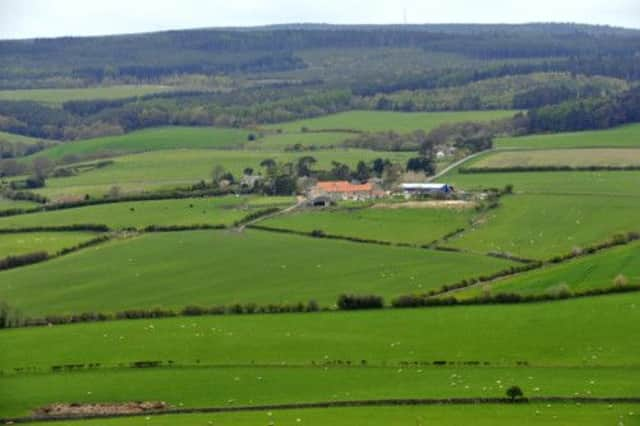‘Huge push needed for British food’ as dairy farming slumps


Some 800 dairy farmers operated in Yorkshire and the Humber in 2008 and now, just 655 remain, figures from DairyCo show as industry leaders warned of ailing investor confidence and called for a massive push to champion British food and farming or face an even greater challenge in feeding the nation.
Dairy farming was particularly badly hit in North Yorkshire by the demise of Dairy Farmers of Britain, the co-operative milk processor which went into receivership in June 2009.
Advertisement
Hide AdAdvertisement
Hide AdMany small farmers in the Dales have been unable to find alternative buyers for their milk.
There has been an increase in milk prices in recent months but producers are still earning too little to invest in dated milking parlours, said Nick Everington, chief executive of the Royal Association of British Dairy Farmers.
“While we welcome the recent price increases which together with lower feed costs have contributed to an increase in margin over purchased feed, we continue to argue they’re insufficient, not only for farmers to maintain their business status quo, but also for reinvestment purposes and to subsequently prompt a firm commitment to the sector,” he said.
“For a sustainable dairy farming business, all British producers require a fair price for their milk, one that not only covers the cost of production, but also allows sufficient income for reinvestment.”
Advertisement
Hide AdAdvertisement
Hide AdThe UK farm gate milk monthly price ranged between 28.99p and 33.76p per litre in July.
Despite a better milk price, Nigel Watson, a dairy farmer at Mount Pleasant Farm near Driffield, is deciding whether to invest in his milk parlour or exit the sector completely. “Only seven or eight years ago there were eight dairy farms in our village and now there’s just two. We have taken some of the slack of producers that have gone out but not all. We now have 150 cows.
“Some came out because they came to a crunch point where they had to decide to make a big investment or not and if you’re getting on a bit you stop and think whether that’s something you’re prepared to do.
“We’re looking at putting robotic milkers in but you’re looking at about £2,000 a cow. We have got to try and justify that in terms of our lifestyle and financial returns.
Advertisement
Hide AdAdvertisement
Hide Ad“There are a lot of people around my age in the industry, in their late 40s or early 50s, having the same thoughts.”
In the poultry sector, farmers operating mixed farms have been driven away from keeping birds, said Richard Griffiths, director of food policy at the British Poultry Council who identified a move towards larger poultry units to justify the cost of rearing birds.
“It’s gone from poultry being an add-on to a mixed farm to being more popular for dedicated large-scale poultry farms because of the investment needed to make it economically viable. For the average poultry farm now you’re looking at about six sheds with 20,000 birds in each.
“At the other end of the scale we are seeing some consistency with seasonal producers – geese and turkeys. It’s really that middle ground where people have a few thousand birds that they can’t make it commercially viable.”